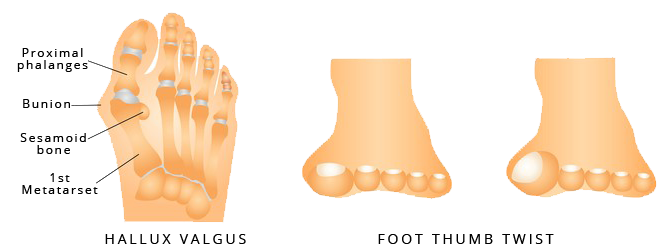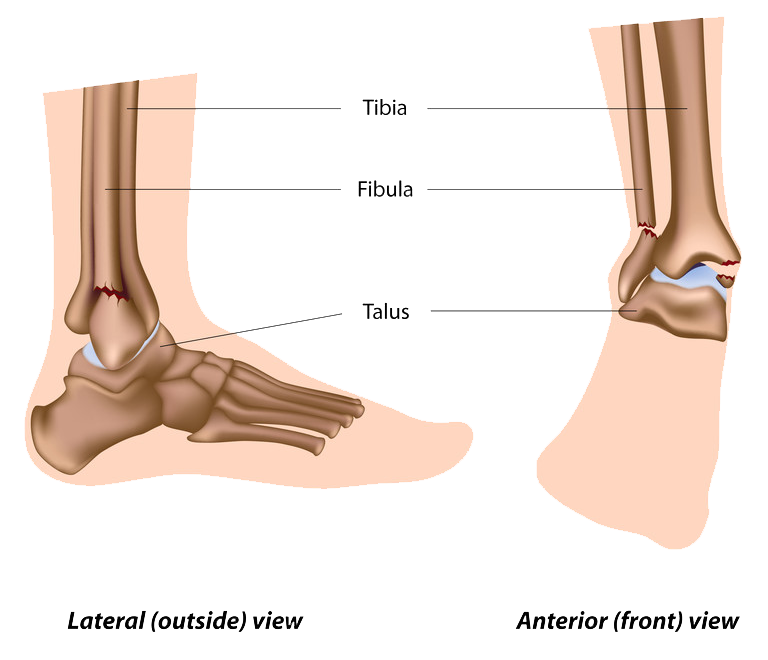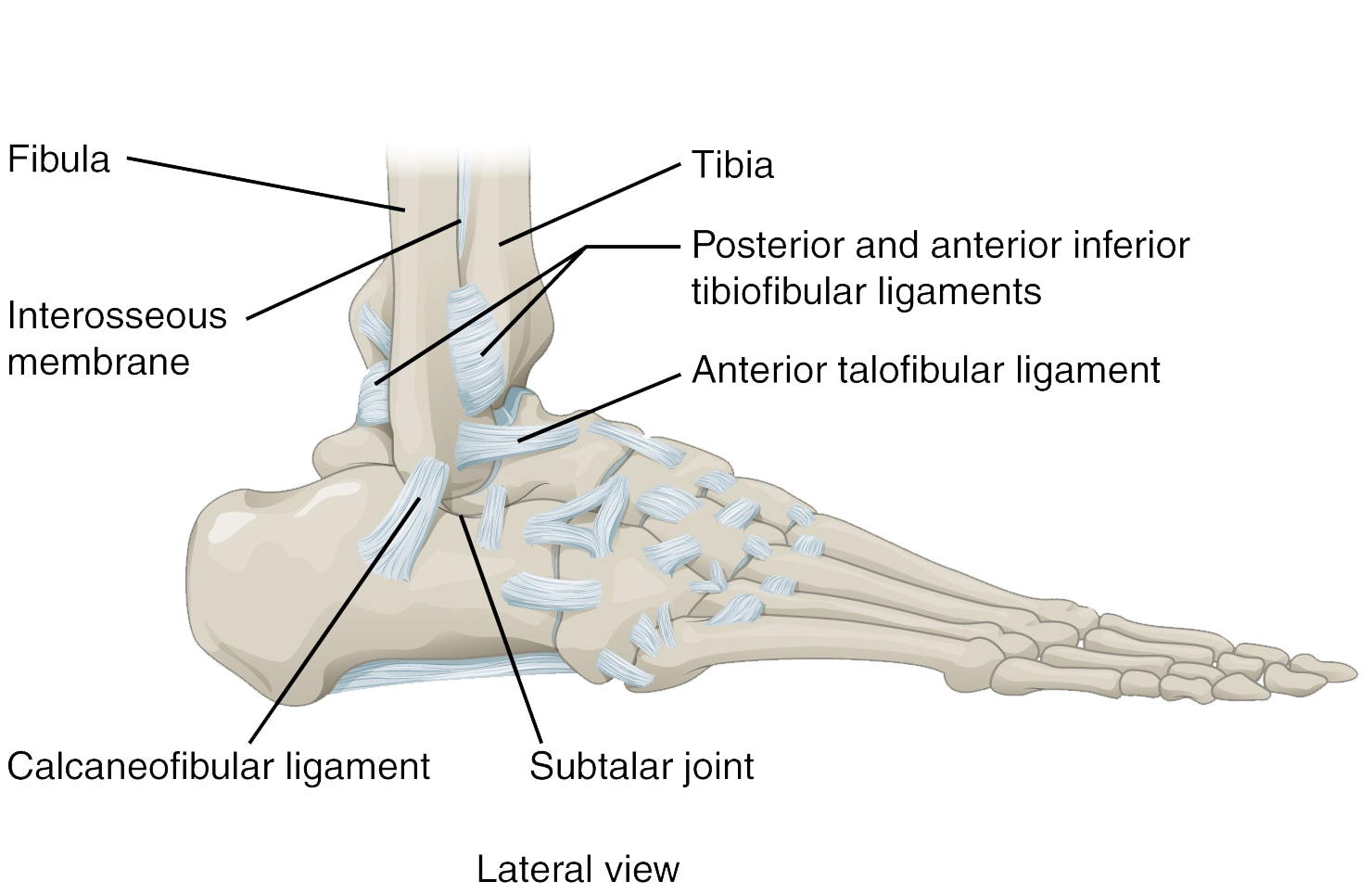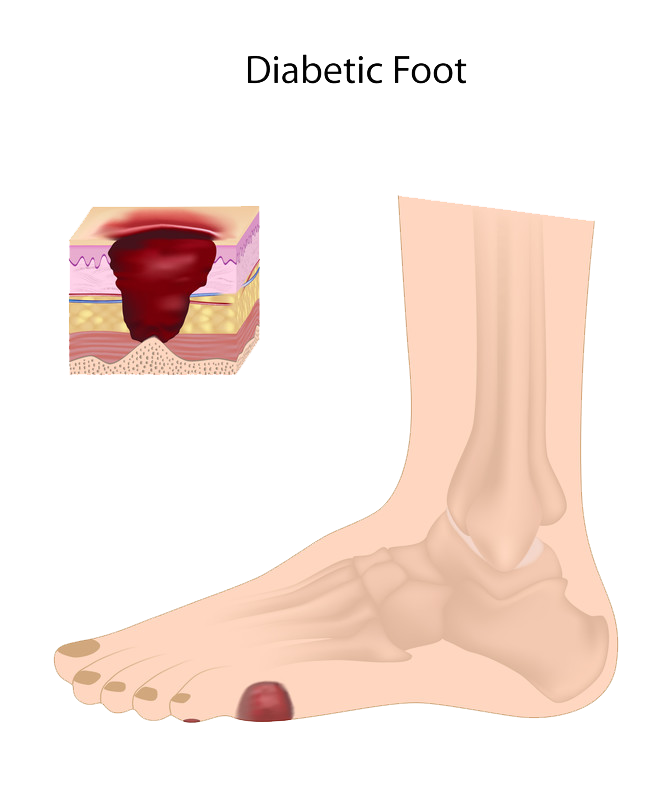Ankle & Foot Surgery
Surgery & Surgery Alternatives
Surgical Ankle & Foot Procedures
Ankle & foot surgery may be the best option for your ankle or foot injury, and Dr. Sima offers the latest in medical advancement to ensure the best treatment for your injury or condition. Review ankle and foot surgeries, success rates, recovery times, and more below.
Bunion Surgery
Some people with bunions are able to find relief with non-surgical treatment methods to help reduce pain and pressure. When these treatments are not successful, bunion surgery may be necessary. The aim of bunion surgery is to bring the big toe back to its original position, and may involve realigning the ligaments, tendons, nerves, or bones.
Bunion surgery is recommended for those who have:
- Significant foot pain that creates disruption to everyday activities
- Constant inflammation and/or swelling of the big toe that is not relieved with rest or medications
- Deformity in the toe – often the big toe is closer to the smaller toes, or may cross over another toe
- Toe stiffness
- Failure to find relief with footwear changes
- Failure to find pain relief with medication
Surgical Procedures
There are several forms of bunion surgery, generally involving:
- Relieving pain in the foot and toes
- Returning the toes back to their original position through realignment and sometimes pins/screws
- Realigning the metatarsophalangeal (MTP) joint
Some of the main forms of bunion surgery are:
Shortening/Lengthening Soft Tissue
When the soft tissues in the big toe become too tight on one side, the imbalance can cause the big toe to move towards the other toes. In some cases, the soft tissues around the big toe may be too tight on one side and too loose on the other. This creates an imbalance that causes the big toe to drift toward the other toes.
Surgery can shorten the loose tissues and lengthen the tight ones. Generally, this procedure is performed in conjunction with a bone alignment surgery such as osteotomy.
Osteotomy
Osteotomy is a procedure where small cuts are made in the bone in order to realign the joint. The bone is realigned using pins, screws, and plates. Osteotomies may be performed in different places along the bone to correct the deformity. In some cases, in addition to cutting the bone, a small wedge of bone is removed to provide enough correction to straighten the toe. This procedure is often performed in conjunction with a soft tissue procedure.
Arthrodesis
With arthrodesis, the doctor removes the surfaces of the joint and then uses screws, wires, and plates to hold the surfaces together while the bone is healing. This procedure is usually reserved for those who have severe arthritis or bunions, or previous unsuccessful bunion surgery.
Exostectomy
Exostectomy is a procedure where the doctor removes irregularities from the toe joint. This procedure is not normally performed on its own. Instead, it is used in conjunction with joint re-aligning or soft tissue procedures.
Resection Arthroplasty
Resection arthroplasty is where the doctor removes the damaged portion of the joint. The space between the bones is subsequently increased, creating a flexible joint made from the scar tissue. This procedure is mainly performed on older patients who have had had previous unsuccessful bunion surgery. Patients with severe arthritis that has not improved with other treatments may find relief with this procedure.
Most procedures are performed on an outpatient basis.

Hammertoe Surgery
A hammertoe is a deformity in the foot that causes a toe to become bent upward in the middle, causing it to resemble a hammer. Hammertoe surgery is necessary when non-surgical treatments have not been successful in relieving pain. The procedure is usually performed as an outpatient procedure.
Flexible Hammertoe Procedure
When the hammertoe is still flexible, a surgeon can often straighten the toe with a tendon transfer procedure. In this procedure, the tendons are rerouted from the bottom of the toe to the top of the toe. As a result, the joint will be pulled into a straight position.
Fixed Hammertoe
When the hammertoe is stiffened, joint resection or fusion may be used to correct the condition. With joint resection, an incision is made on top of the toe and ligaments and tendons are cut to help straighten the toe. The bone end is removed, allowing the toe to be straightened with the use of temporary pins to hold the toe straight.
Fusion can also be used to treat the fixed hammertoe. With fusion, the bone, ligaments, and tendons are cut to help straighten the toe. Pins and screws are often used in this procedure to keep the bone straight while it heals.
Achilles Tendon Repair
The achilles tendon can tear if it is overstretched, often while playing sports. The tear may be partial or complete and most commonly occurs just above the heel bone. A snap or crack sound may be heard at the time of injury. Pain and swelling near the heel and an inability to bend the foot downward or walk normally are signs that the achilles tendon may be torn.
Surgery is typically needed for a complete rupture. After surgery, the ankle will be kept stable in a cast or walking boot for up to 12 weeks. A torn ligament may also be managed non-surgically with a below-knee cast, which allows the ends of the torn tendon to heal on its own. This nonsurgical approach may take longer to heal, and there is a higher chance that the tendon could re-rupture. Surgery offers a better chance of full recovery and is often the treatment of choice for active people who wish to resume sports.
Ankle Fracture Surgery
The ankle joint is formed by the tibia and the fibula. The tibia forms the front, rear, and inner part of the ankle joint and the lower fibula forms the outer part of the ankle joint. The ends of these bones are known as malleoli, and fractures occur when the malleoli are broken.When nonsurgical methods have failed, surgery may be necessary to help the ankle joint heal with a normal shape and with normal movement.
With ankle fracture surgery, incisions are made through the skin of the ankle where the bones are broken. The breaks in the bone are carefully re-positioned and held together with synthetic implants. A protective splint is used following the procedure while the bones heal. Most ankle fracture surgery is conducted using open reduction and internal fixation (ORIF). This is a procedure where an incision is made over the ankle to see the fractured bones and the pieces of the broken bones are placed back together (open reduction). The broken bones are then held together (internal fixation) in their original position with plates and/or screws made from metal. This internal fixation provides stability, and movement can begin shortly after surgery as the ankle fracture heals.

Ankle Fusion (Arthrodesis)
Ankle fusion is a surgical procedure often used for treating arthritis. This procedure joins the main bones of the ankle joint (the tibia and the talus), though often the surgeon will also include the fibula in the procedure. The joint surfaces which generate the pain are removed and the joints are fused together with screws.
Once the bones are fused, the joints each side from the fused joint can take over some of the original function of the affected joint.
Ankle Replacement Surgery
Ankle replacement surgery is also known as total ankle arthroplasty (TAA). This surgical procedure is generally used to treat ankle arthritis. Total ankle replacement is normally recommended when the pain or deformity is so severe that it interferes with everyday activities.
It’s important to note that TAA is not suitable for patients with a significant deformity or dead bone in the talus (the bottom bone of the ankle joint). Other signs that this procedure should be avoided include:
- Previous or current infections of the ankle
- Significant lower extremity neuropathy
- Inadequate or absent leg muscle function
- Poor blood flow of the leg
- Inadequate soft tissues
How is Ankle Replacement Surgery Performed?
TAA is performed using a general anesthetic or a nerve block. First, the bone is cut to allow placement of the metal and plastic pieces that will form the new ankle joint. If the patient has tight calf muscles or a tight achilles tendon, at this stage in the surgery these may be lengthened to help improve motion in the ankle.
Following the procedure, a splint is used and the patient will be unable to bear weight on the ankle until the implants heal in place.

Charcot Foot Corrective Reconstructions
Charcot foot is a condition that affects people who have had significant nerve damage (also known as neuropathy) and causes severe weakness in the bones. Because the bones are weak, they are prone to fractures and the foot can change shape. Over time, the joints can collapse. If the condition is left untreated it may lead to severe disability and deformity, or possibly amputation. Patients with diabetes need to be particularly careful to ensure they don’t develop Charcot foot.
Causes of Charcot Foot
- Neuropathy
- Because of reduced sensation, the patient may continue normal activities not knowing the further damage it is causing
Symptoms of Charcot Foot
- Warm feeling in the affected foot
- Redness in the foot
- Swelling
- Pain
In some cases, the Charcot deformity may become severe enough that surgery is necessary. Surgery is recommended when:
- The patient is at risk of developing ulcers due to the deformity
- Protective footwear is not helping
- The foot has an unstable fracture or dislocation
Surgery Types
Achilles Tendon Lengthening – When there is tightness in the heel but the deformity is mild, lengthening the tendon decreases pressure and helps healing.
Stable Deformity Surgery – When there is a bony deformity on the bottom of the foot that doesn’t improve with non-surgical methods. This surgery removes the prominent section of bone.
Unstable Deformity Surgery – When the bones are loose, fusion and repositioning of the bones is necessary.
Fracture Surgery – complex fractures are more common in those with arthritis. A number of screws and plates are used to correct the fracture and keep normal joints stable.
Ankle Deformity Surgery (fusion) – surgical fusion of the ankle and the joint below the ankle is required in the case of deformity in order to keep the foot straight. Unfortunately, if the bone has deteriorated too much or the soft tissue is of poor quality, amputation may be necessary.

Flat Foot Deformity Correction
A general anesthetic will numb the foot so that the doctor can make three incisions. The doctor will remove the damaged tendon in the foot and replace it with another tendon in a process called tibialis posterior tendon reconstruction.
At the same time, the doctor will likely perform a calcaneal osteotomy. This procedure repositions the heel bone and fixes it with a metal screw, helping the heel bone support the foot arch. Your surgeon may also place a metal plate at the top of the foot to further increase the arch.
Dr. Sima is our “family” doctor. He’s done wonders with my husband’s ankle (ligament replacement) and knees and my Dad’s hip.
-Denise Conte
